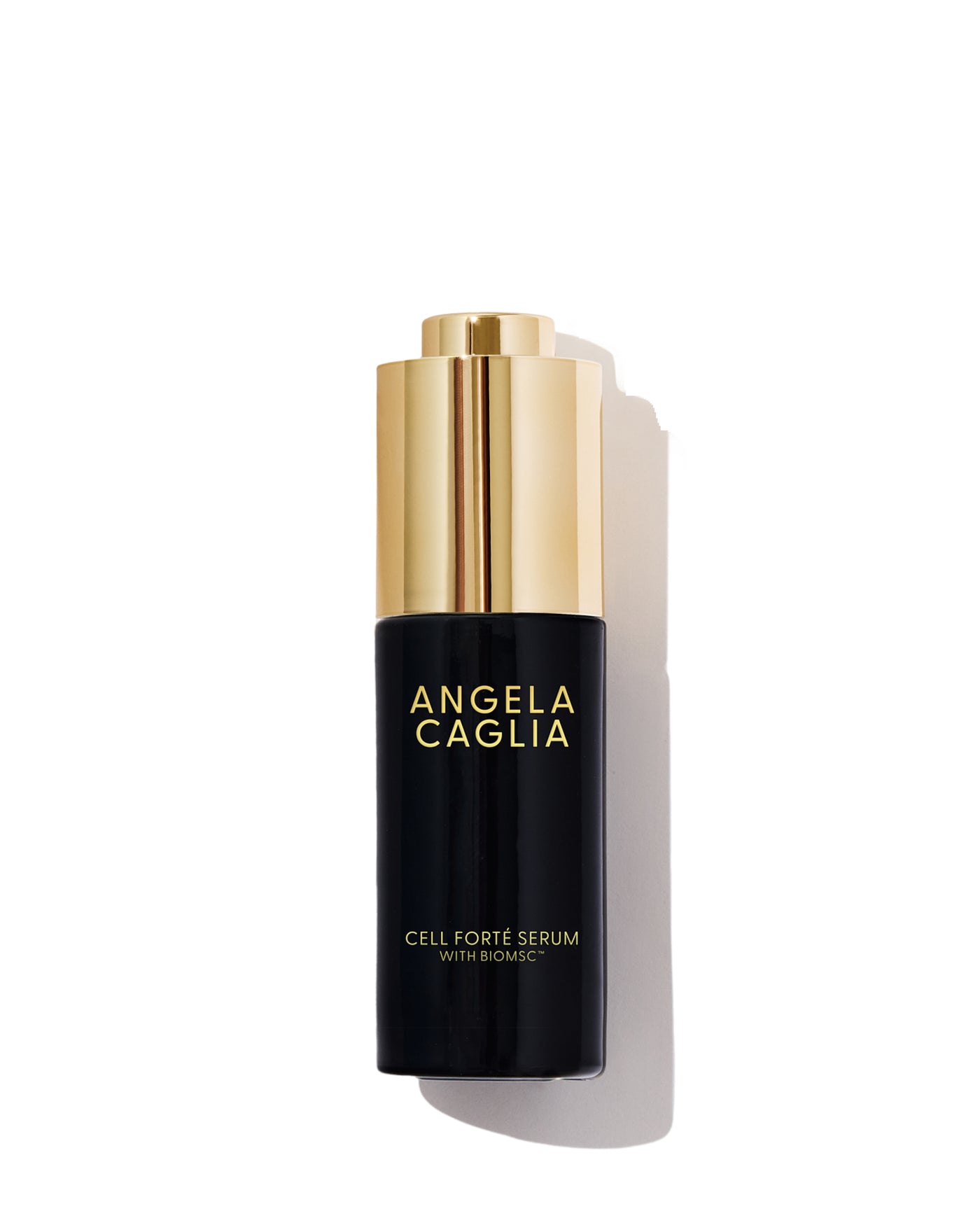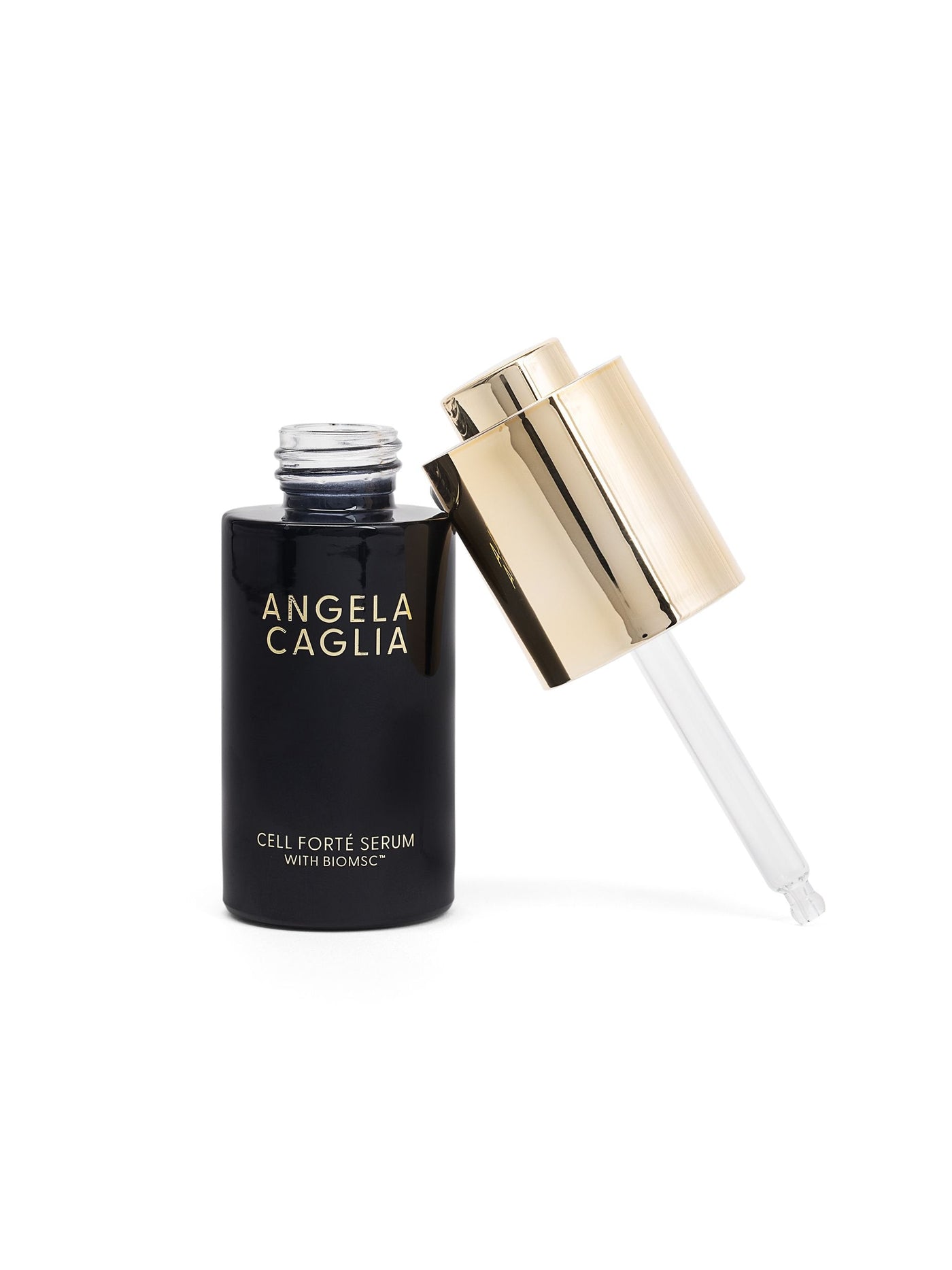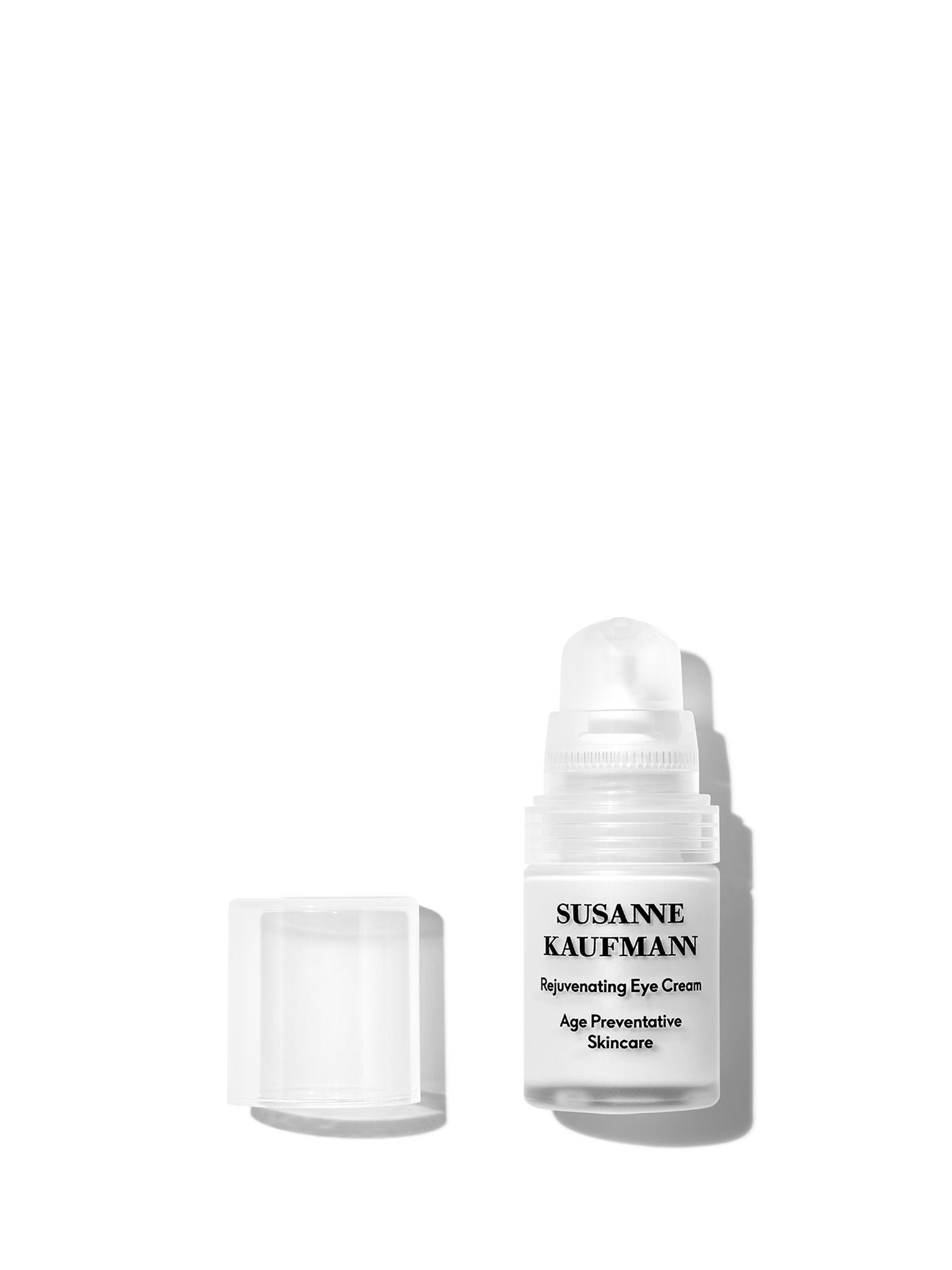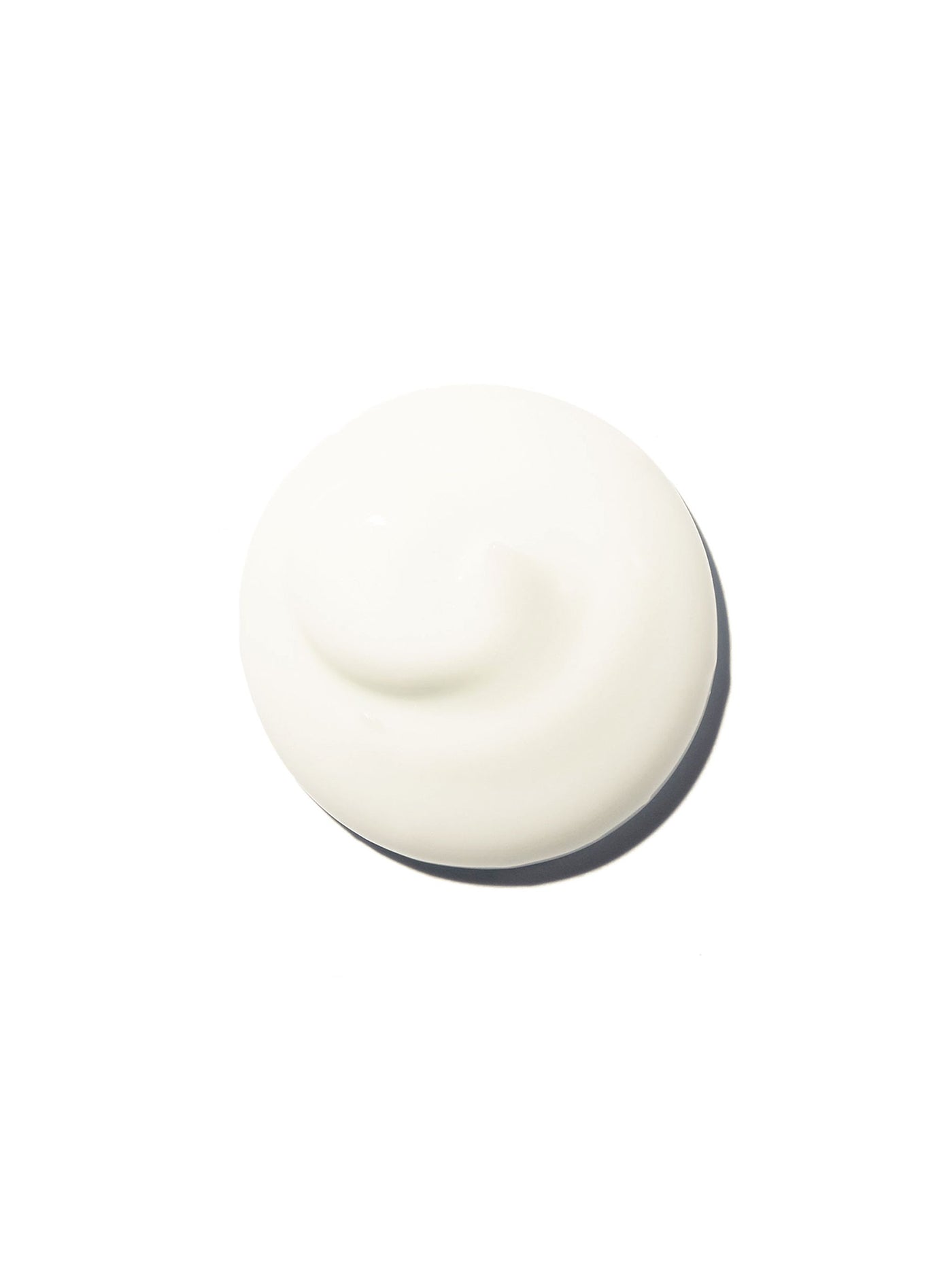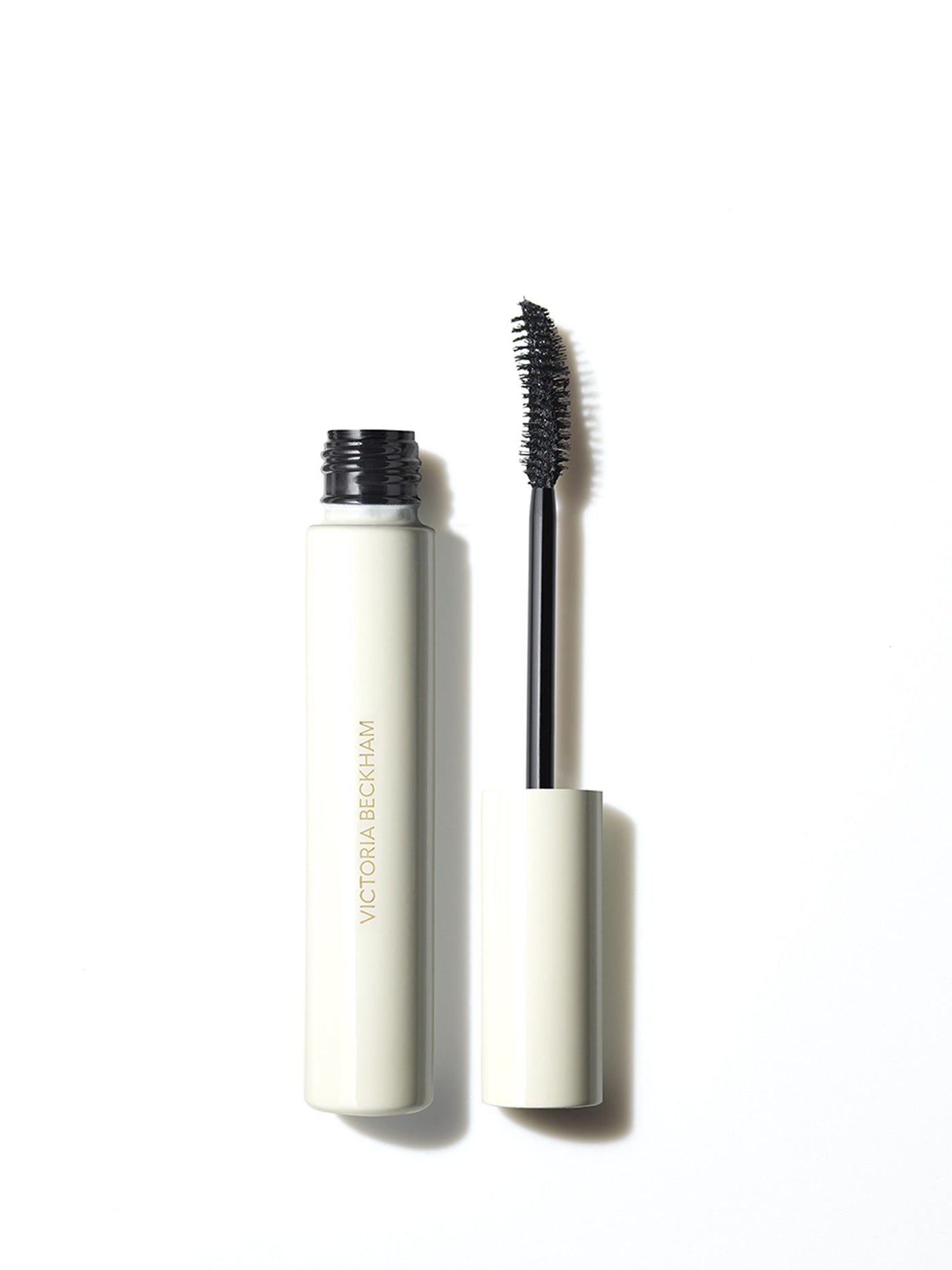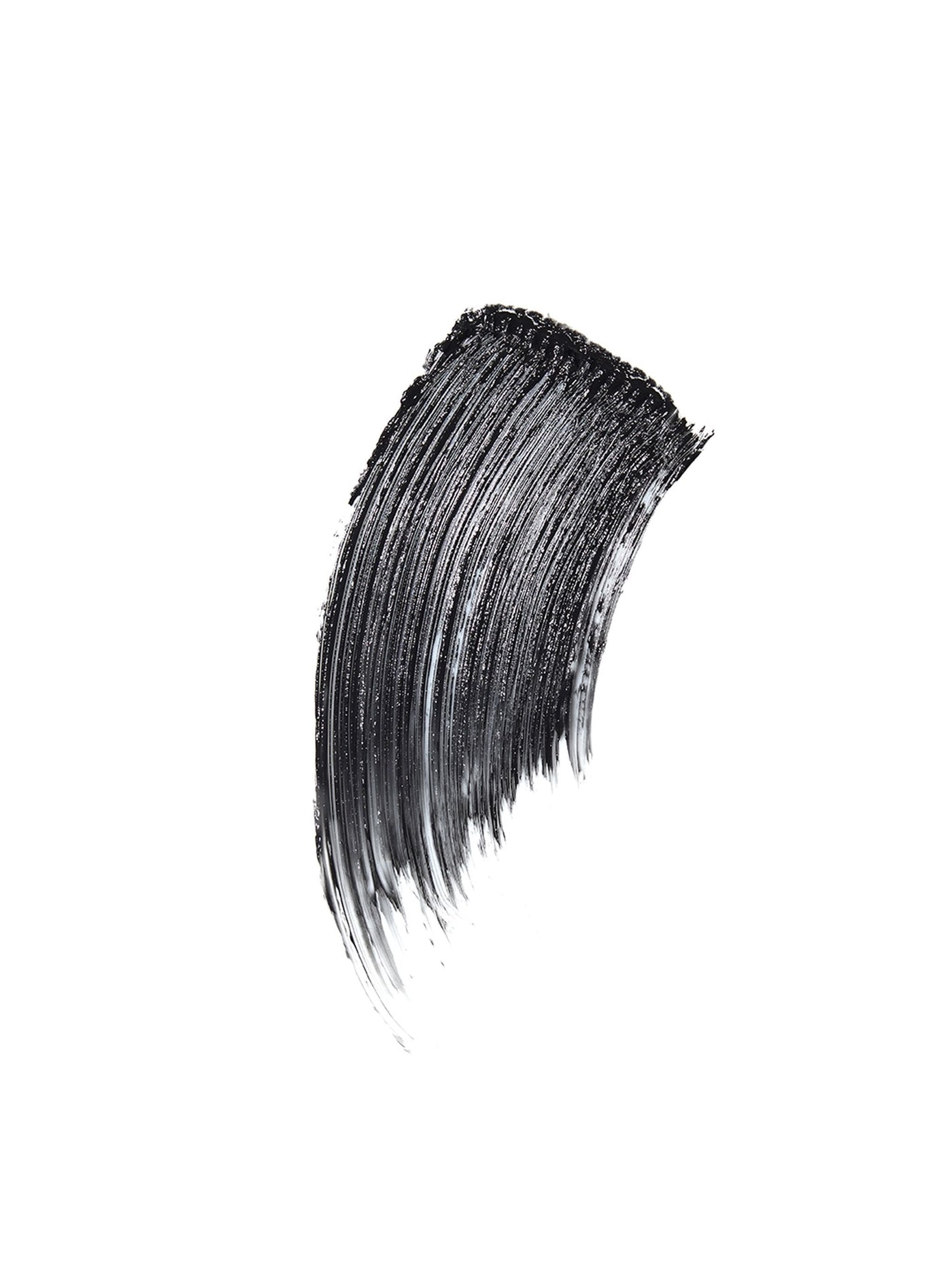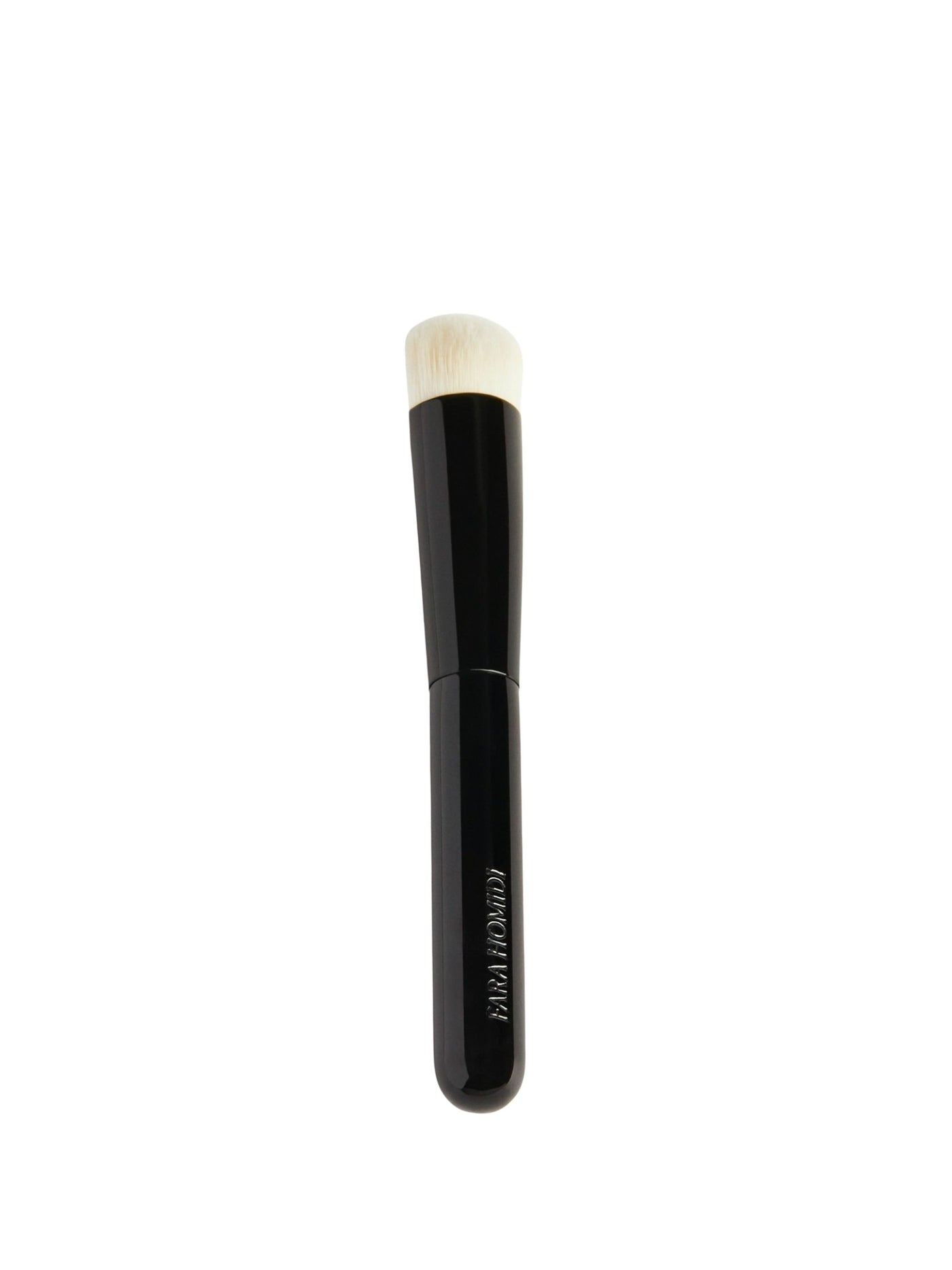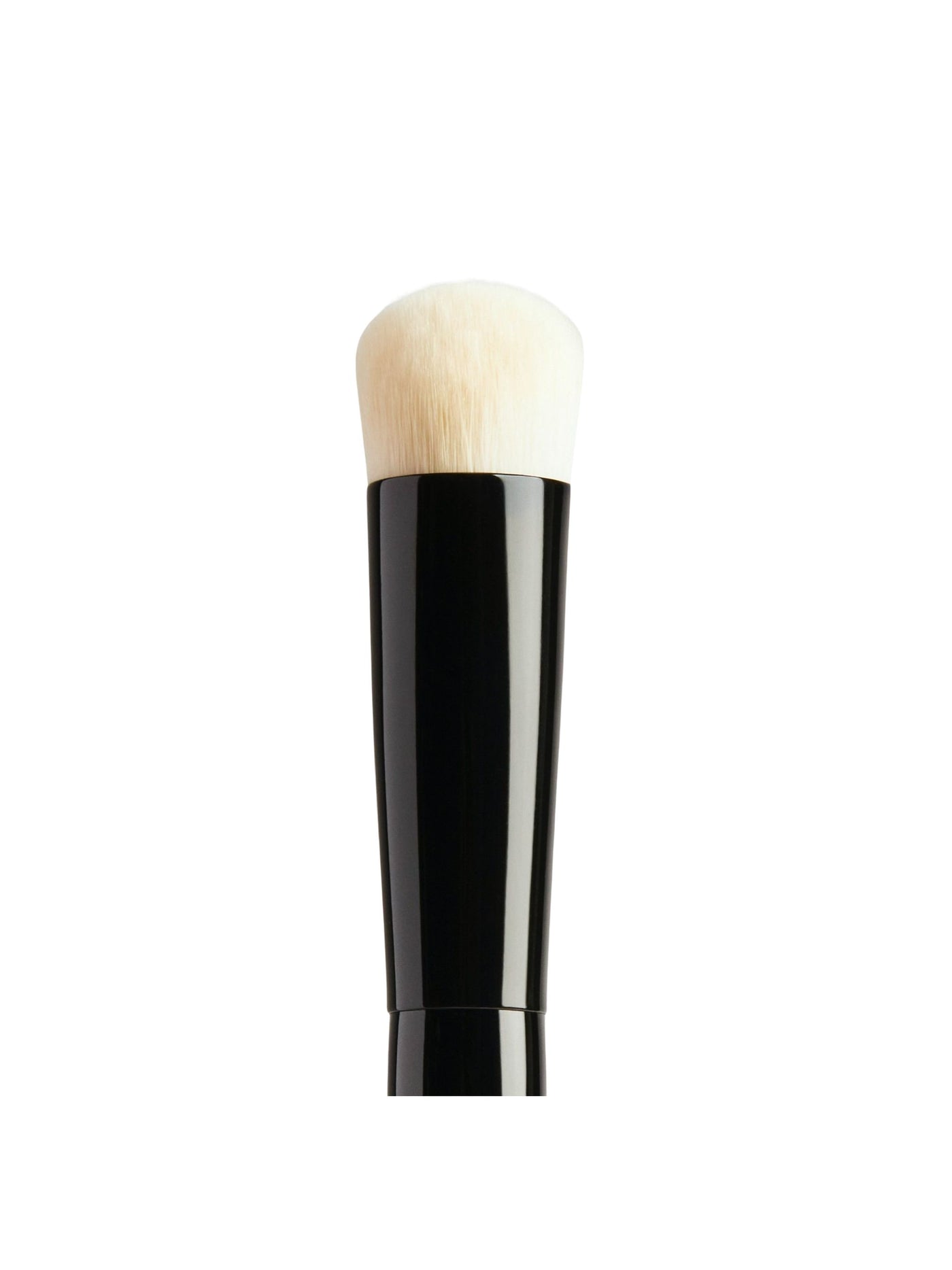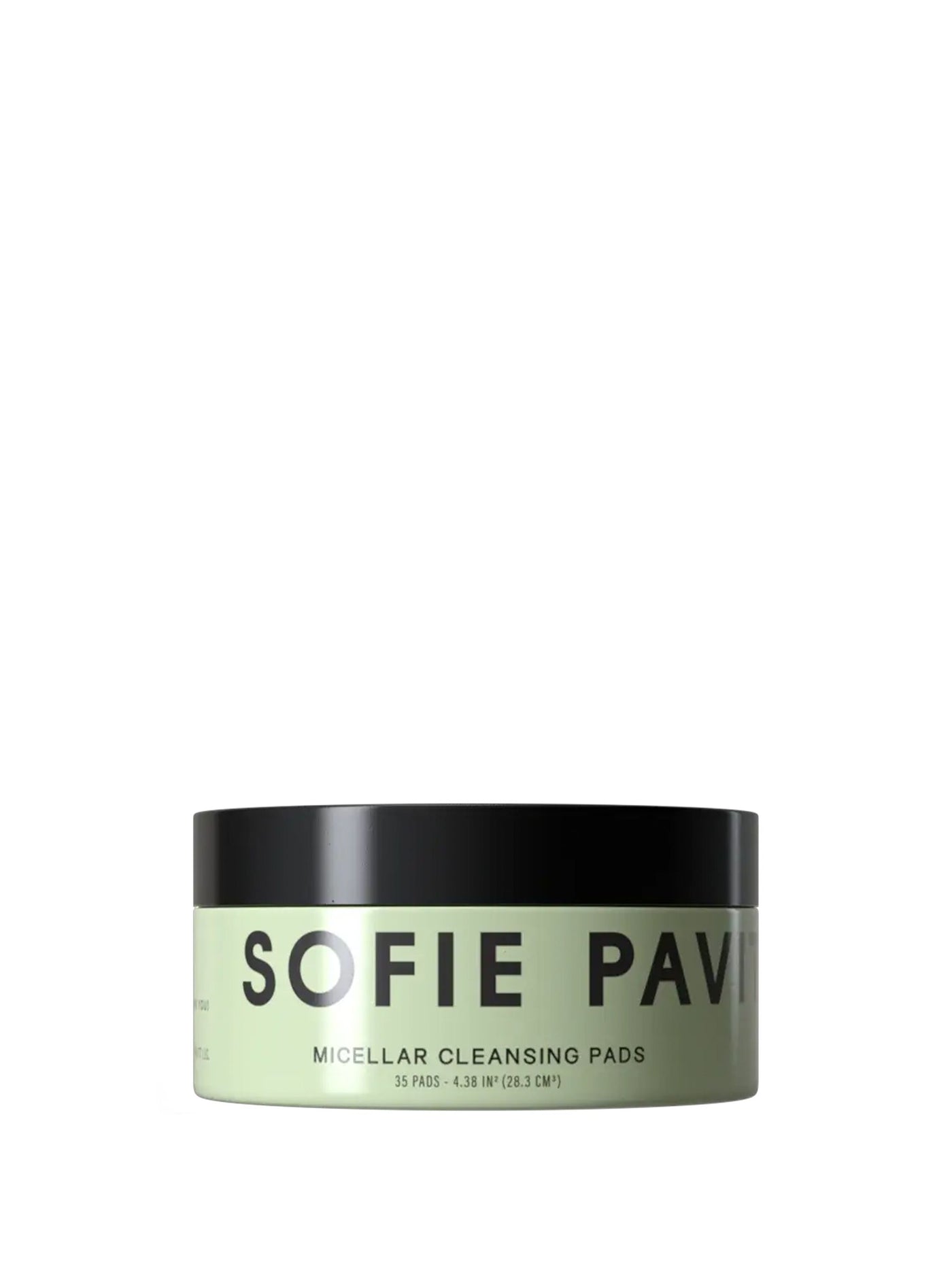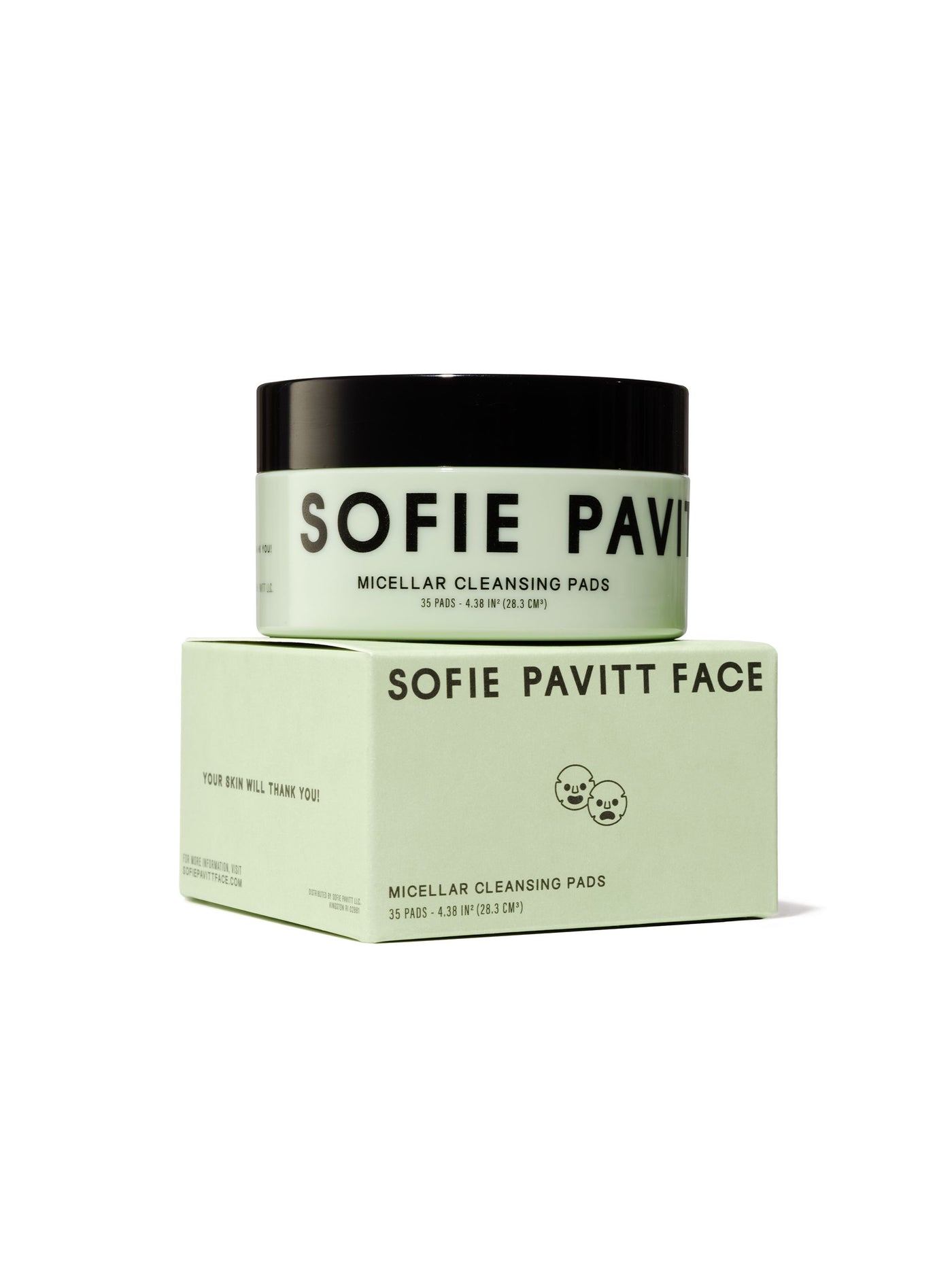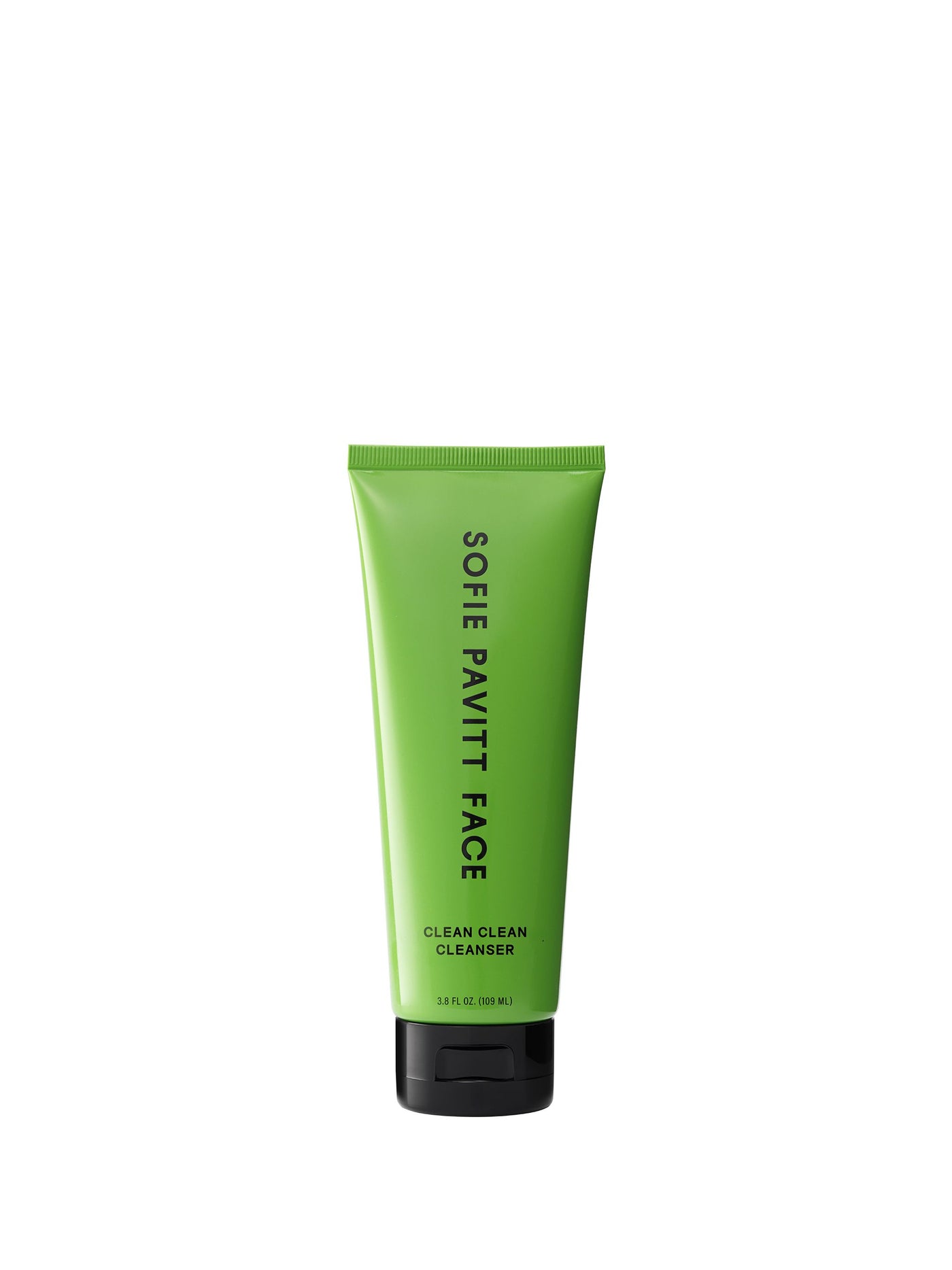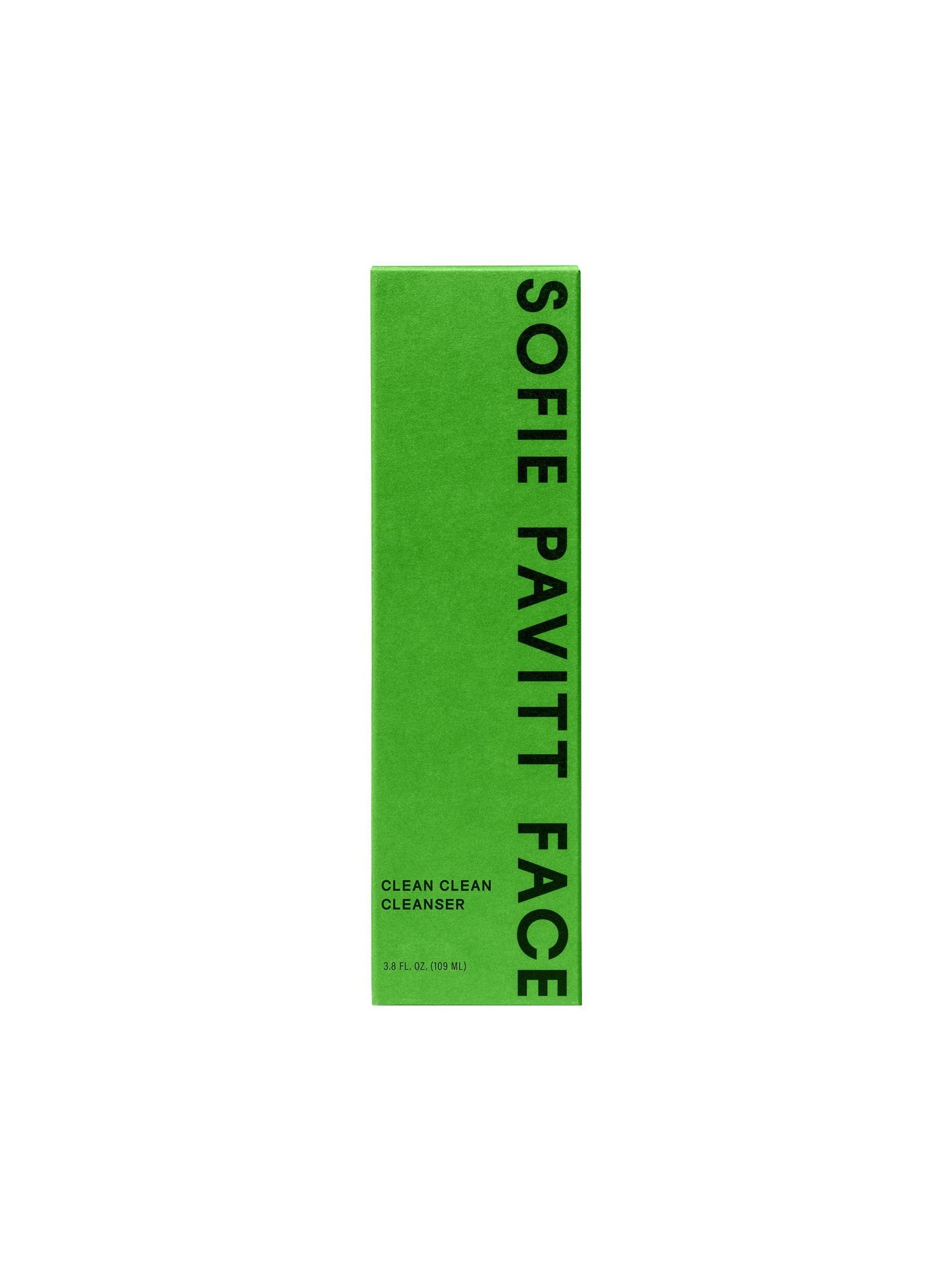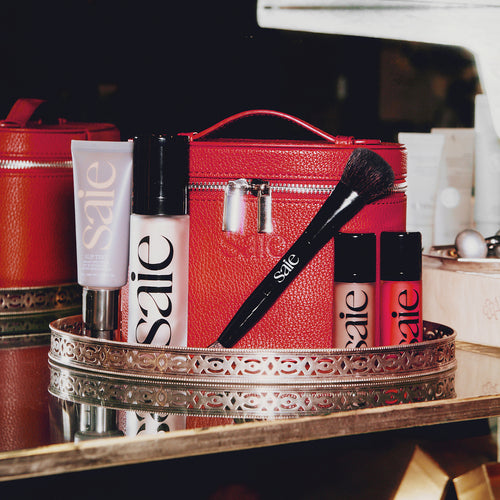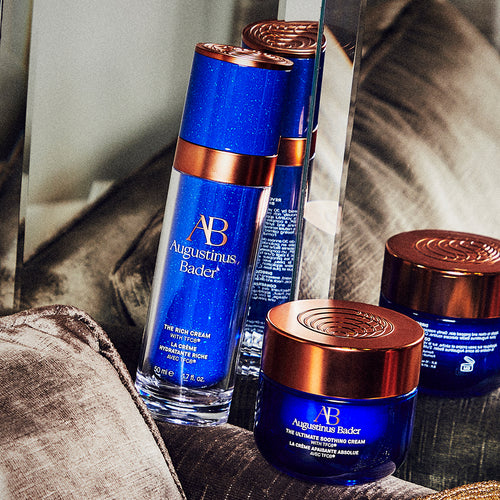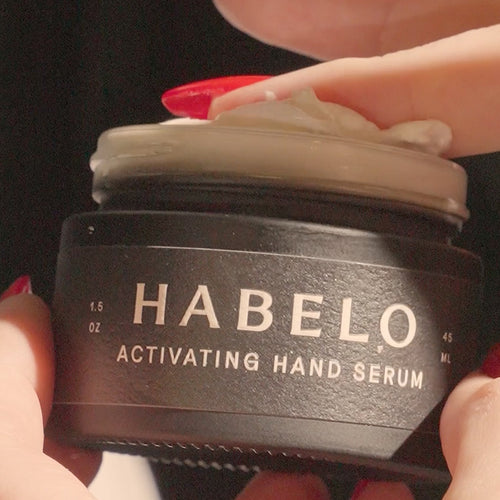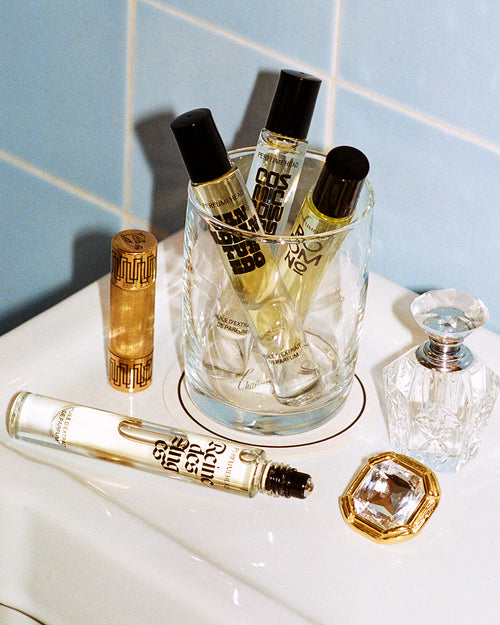RIO VIERA-NEWTON’S GUIDE TO WEDDING PREP IN-CLINIC TREATMENTS
Breakouts, lasers, injectables—Rio Viera-Newton’s been there. Now the aesthetician and beauty writer shares the realest, most comprehensive in-clinic treatment guide for radiant, wedding-worthy skin. A must-read for any bride-to-be or event-goer on a timeline.
I got married last summer in a small wedding in the English countryside. And while I might look all smiles and glowing in the photos, the weeks leading up to the wedding told a very different story. I was dealing with some of the most intense, stress-induced breakouts I’d had in years (painful, under-the-skin hormonal flare-ups seemed to appear daily).
This would be frustrating under any circumstances, but it felt especially loaded in the lead-up to my wedding. After all, weddings are defined by endless photos, the idea of “bridal radiance,” and the expectation that you’ll look—not just good—but the best you’ve ever looked. Naturally, I spiraled about “fixing myself,” researching every treatment, doctor, and aesthetician in my proximity. Ultimately, despite the anxiety, things did improve. And while my skin wasn’t perfectly clear on the day, I was able to make a lot of meaningful improvements—and, most importantly, felt like myself.
I share this story because I genuinely empathize with any brides-to-be currently reading this who are freaking out over their skin or mapping out every last treatment leading up to the big day—I’ve been you! So, first: take a deep breath. It’s going to be okay. But if you’d rather skip the pep talk and get straight to the logistics, I’ve got that too.
My goal here is to break down and perhaps demystify the world of in-clinic treatments so you can make realistic, informed decisions based on your skin, goals, and timeline. I’m not suggesting you do everything listed—in fact, please don’t. But these are the treatments I’m asked about most often, both in my role as an aesthetician and a beauty writer.
Think of this as a loose guide: what’s worth considering, when to start, how to avoid, say, peeling, flaking skin from a laser appointment one week before you walk down the aisle. Weddings already come with a million to-do lists, so consider this one less thing to overthink.

FIRST-TIME INJECTABLES: SEE A DERMATOLOGIST ASAP
When it comes to getting injectables like filler or Botox, time is your biggest asset ahead of your wedding. Start your injectable journey early, ideally a year-ish out. That allows you to build a thoughtful plan with your dermatologist that actually helps you achieve your goals.
Injectables can feel super intimidating if you’re new to them, so give yourself plenty of time to ease in, learn about your options, ask questions (like, what the heck is the difference between Botox and Dysport?), and figure out what treatments make sense for you. It also allows you to try things gradually, make tweaks if needed, and budget. Botox and filler results require more time to settle, so it’s beneficial to give yourself a longer timeline. The earlier you start, the more flexibility you have to adjust and refine, so you feel your best when your wedding day arrives.
LASER TREATMENTS: BEGIN 4-6 MONTHS OUT
Off the bat, it’s important to note that all lasers are not created equal. Lasers address specific concerns, and each comes with its own level of intensity and downtime.
IPL: great for pigmentation and sun spots
VBeam: targets redness and broken capillaries
Clear + Brilliant: gentler; improves tone, texture, and early signs of aging
Fraxel: deeper resurfacing; stimulates collagen and reduces pigmentation
CO2 or AviClear: for acne and scarring; dramatic results, but with notable downtime
If you don’t know how laser treatments work, I’ve got you! Lasers use focused light to target concerns like dark spots, wrinkles, redness, or texture, helping your skin gradually heal and repair itself. Recovery time varies, to say the least, depending on the type of laser and your skin’s sensitivity. Some will leave you a little pink for a day, others may involve a week of flaking or redness that will probably make you want to hide for a few days.
If you’re considering laser before your wedding, starting at least 4-6 months in advance is best. To achieve your desired results, most laser treatments require a series of sessions, usually spaced a few weeks apart. An early start gives you the flexibility to complete a few treatments and discover what works best for your skin, and most importantly, it’ll ensure you’re not peeling or flaky on your wedding day.

MICRONEEDLING: PLAN FOR EARLY TREATMENTS
If you want to tackle concerns like texture, acne scars, or uneven skin, it’s possible that in your manic, pre-wedding research, you’ve come across microneedling. This treatment uses small needles to create teeny-tiny controlled punctures in the skin. These micro “injuries” trigger your body’s natural healing response, boosting collagen and elastin production, which can improve texture, fade scars, and even out skin tone.
Microneedling results vary depending on the needle depth:
Superficial (“baby”) microneedling: low downtime; good for a quick refresh and brightening closer to your event.
Deeper or RF microneedling (like Morpheus8): more intensive; better for stubborn scars, uneven texture, or early signs of aging, but requires recovery time; done in a series of sessions spaced a few weeks apart.
If you’re in Los Angeles, Contrapposto in West Hollywood offers RF microneedling.
You can also add PRP (which they offer in addition to the Clear + Brilliant laser during Dr. Diamond’s InstaFacial for even greater results!), where your own plasma is applied during treatment to speed healing and boost collagen. Starting 4-6 months out gives you plenty of time to complete your full plan, watch your results build, and avoid any last-minute redness or flaking. With PRP, your results build gradually, so start early to look your best when it counts.

FACIALS: FIND YOUR AESTHETICIAN 4-6 MONTHS OUT
If facials are part of your wedding prep plan, look for (and find) a trusted aesthetician about 4–6 months out. Whether your skin goals are clearing congestion, boosting brightness, or refining texture, consistent treatments can help you achieve and maintain results. Regular visits allow your esty to get to know your skin and how it responds, making each treatment more targeted and effective.
Not all, but most aestheticians have a specific focus. Here are a few of my favorites:
Dull, dry, and/or inflamed skin: I created The Buzzworthy Facial with Face Haus in Santa Monica to calm and hydrate irritated, inflamed skin
Acne: NYC’s Sofie Pavitt is the breakout whisperer
Sculpting and lifting: Manhattan’s SB Skin sets the standard
Peels and texture: Beverly Hills’s The La Facialist is cited as a go-to
So it’s worth doing a little research to find someone whose expertise lines up with what you're looking for. Depending on your skin’s needs and your budget, your treatment plan might involve monthly or bi-weekly facials leading up to the wedding day.
FINAL ROUND OF INJECTABLES: ONE MONTH OUT
This is the ideal window for your last appointment for Botox or fillers. By this point, your dermatologist understands how your skin responds to treatments, and any post-injectable swelling or bruising will have enough time to subside before your wedding. Injectables tend to fully settle within 2-3 weeks, so you’ll look refreshed yet natural when your wedding arrives.
EXTRACTIONS: FINAL SESSION TWO WEEKS OUT
If you’ve regularly seen an aesthetician during the months leading up to your wedding, your acne might not be completely gone, but it’s probably more manageable or at least predictable. About two weeks before your facial is usually the last time you’ll have any extractions done professionally—and please, do not pick your skin yourself! Leave that to the professionals. Your final extraction session helps clear any lingering congestion in problem areas and soothes textural issues for your wedding day.
A PIMPLE THE DAY BEFORE: CONSIDER A CORTISONE SHOT
We have literally all been there: your skin has been behaving for weeks, then right when it matters most, a big, painful zit shows up.
Before you panic, book an appointment with your dermatologist to see if a cortisone injection is a good option. Cortisone can quickly reduce swelling and calm inflamed cystic pimples within 24-48 hours. But it’s worth noting that they only work on breakouts that are currently inflamed, not on regular blemishes or whiteheads.
Be aware of divots–small indentations that form at the injection site of cortisone shots. This has, in fact, happened to me before. They usually fade on their own over time, but ask your dermatologist before getting a cortisone shot, because a divot is frankly the last thing you need to worry about on your wedding day.
–
Looking to extend the results of your in-office treatments? The Wedding Prep Edit picks up where your pros leave off—a curated selection of at-home skin, hair, and beauty products that rise to the occasion.
